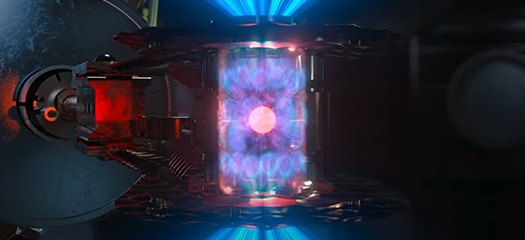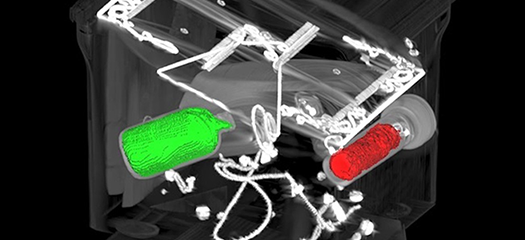LLNL has a long history of technical innovation—from the wide range of incredible scientific projects and exceptional computational capabilities to our state-of-the-art experimental facilities and an HPC center housing some of the world’s largest supercomputers.
Mission-driven applications represent a unique opportunity to fundamentally advance the underlying disciplines. ML and data science in general are crucial to dealing with the massive simulations and complex experimental data generated at the Lab.
CASC researchers contribute to projects such as cancer biology, drug discovery, nuclear fusion, material design, clean energy, traumatic brain injuries, and transportation security. We are often called upon to help with national priorities such as the COVID pandemic.
We’re looking for creative, dedicated individuals who can advance, adapt, and apply the latest ML technologies as part of multidisciplinary teams comprising ML experts, software developers, domain scientists, and HPC specialists.







